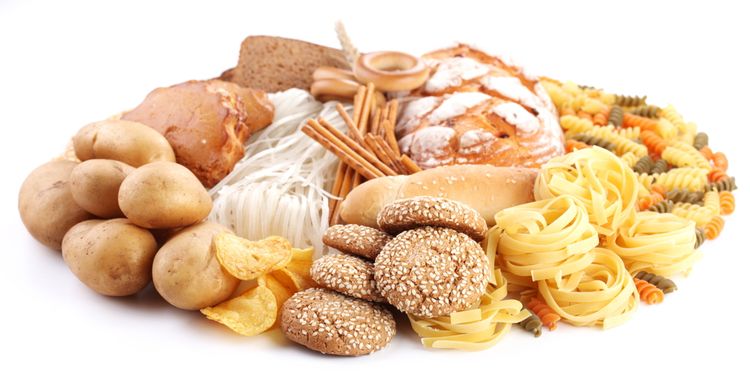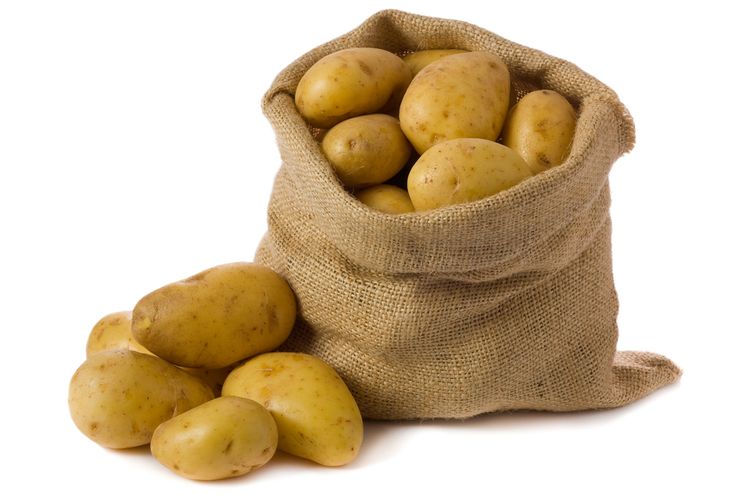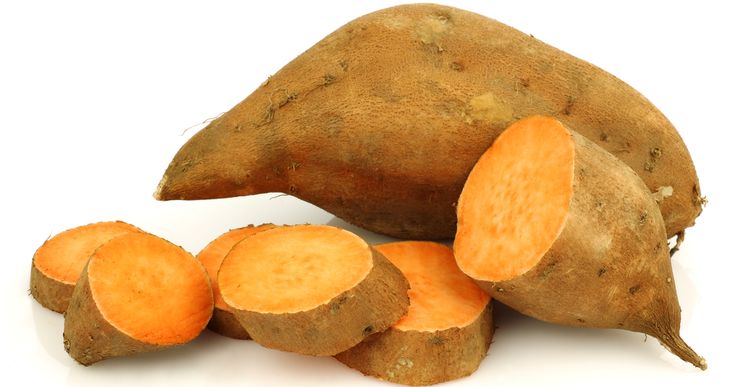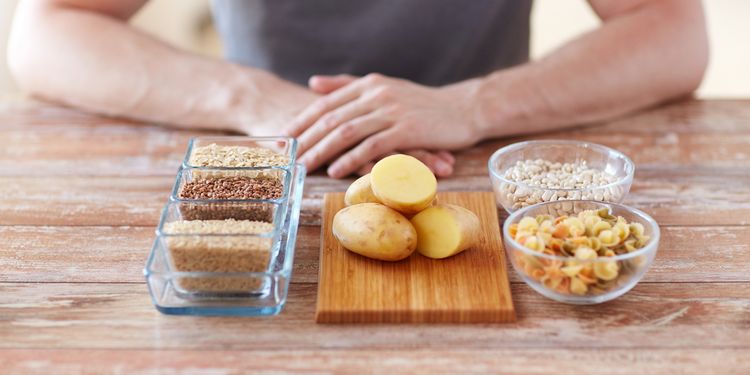How To Cook The Calories Right Out Of Starchy Foods

When I say “comfort food,” what comes to mind? Mashed potatoes? Pasta? Rice pilaf?
You’re probably thinking of any high-carb monstrosity (preferably consumed while you sit wrapped in a blanket in front of the television).
Unfortunately, these foods are kryptonite to six-pack abs, defined arms, and a razor-sharp jawline. However, our friendly fat-burning guru Abel James has a few tips on how to prepare such foods in a way that will minimize their glycemic index and allow us to consume them with a lot less guilt.

What Exactly is the Glycemic Index?
The Glycemic Index (GI) measures the effect that specific foods have on our blood sugar.
Simple carbs (like the ones mentioned previously) are high in the GI because they’re absorbed quickly by our bodies. This leads to a spike in blood sugar and a rapid release of insulin, which causes fat storage. However, it’s possible to reduce the GI of starchy foods by cooking them in particular ways.

How to Cook the Calories Out of Rice
Rice, the staple of many ancient civilizations (and one of the modern-day culprits behind love handles) is a great place to start.
According to preliminary research done by the American Chemical Society, refrigerating rice after cooking reduces total calories by 60%! Cooking and cooling rice turns some of its starches into resistant starch (prebiotic fiber), which isn’t absorbed by the body. This resistant starch is also food for your gut bacteria, which promotes digestive health.
All you need to do is cook the rice and refrigerate it for at least 12 hours afterward. Reduce the risk of bacterial growth by placing the rice in the refrigerator immediately after cooking.

How to Increase Resistant Starch in Potatoes
This cooking and cooling process also has a similar impact on potatoes. Potatoes contain 7% resistant starch on average, but that increases to 13% when they’re cooked and cooled.
By increasing the resistant starch percentage, you’re decreasing the amount of calories absorbed by the body, which reduces the post-meal spikes in blood sugar and GI level.

Sweet Potatoes: Baked, Roasted, or Boiled?
Sweet potatoes are awesome because they contain high levels of vitamin C, beta-carotene, potassium, and manganese, not to mention they’re pretty darn tasty.
Frying or baking a sweet potato, however, can lead to a GI rating of +90! (That’s just shy of pure sugar, which is 100.) So you might get your nutrients, but they’ll be accompanied by some potential digestive issues, as well as a beer belly (without getting to enjoy the beer!). However, a study done by the Journal of Nutrition and Metabolism showed that simply boiling sweet potatoes reduces their glycemic index to 41! That’s less than half that of other cooking methods.
Eat Your Carrots Raw!
Carrots are one of the only veggies mother nature gave us that doesn’t need any preparation. Add some almond butter, maybe some homemade dressing, and you’re set.
Raw carrots have a GI of 31, but when they’re boiled or baked that increases to 47. If you must cook carrots (or any vegetable, for that matter), the best way to preserve their nutrients without dramatically increasing the GI is by steaming them.

What you eat is important, but how you prepare your food can be just as important.
Maximizing resistant starch and preserving nutrient content in your favorite carbohydrates can dramatically reduce their glycemic load (i.e., fat-storing capabilities), allowing you to attain and preserve a healthy and sexy body without abstaining from a little carb love every now and then.
The next time you have a serious craving for your carb of choice, turn a potential negative into a strong positive by properly preparing your meal.
